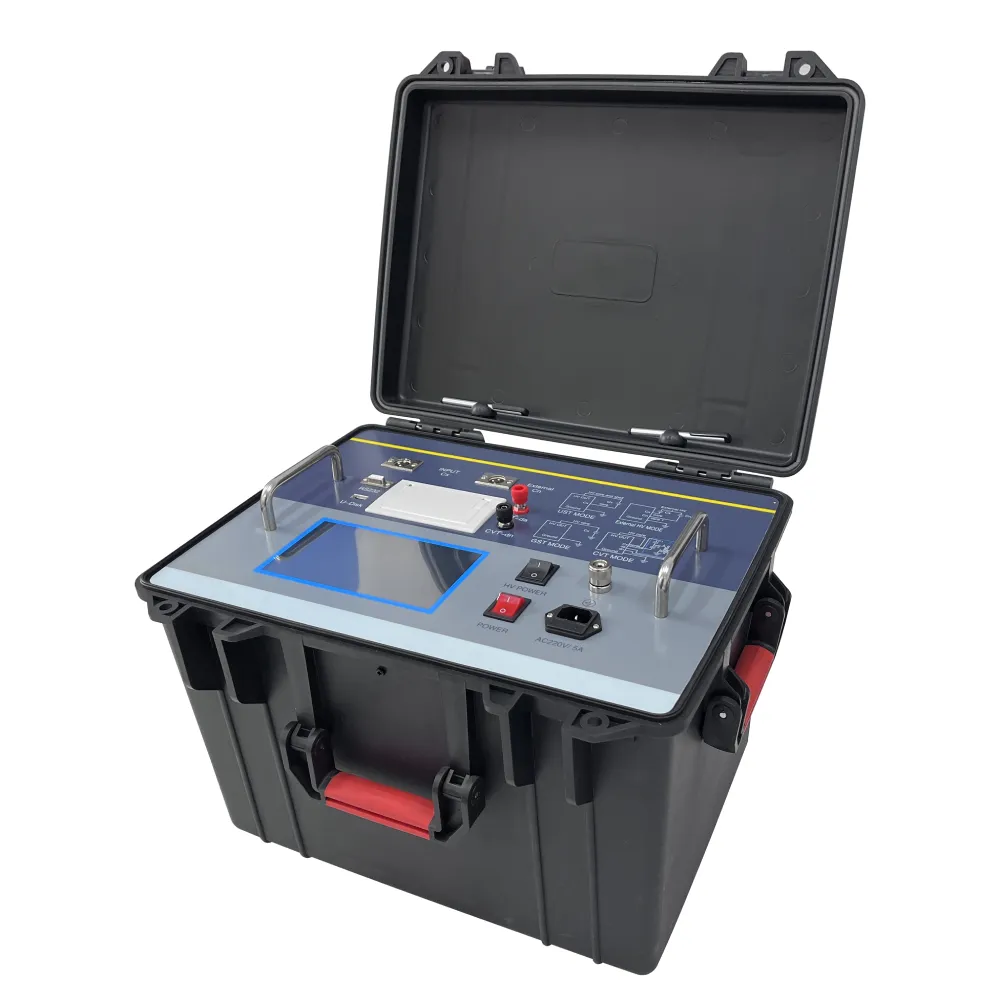 English
English



-
 Afrikaans
Afrikaans -
 Albanian
Albanian -
 Amharic
Amharic -
 Arabic
Arabic -
 Armenian
Armenian -
 Azerbaijani
Azerbaijani -
 Basque
Basque -
 Belarusian
Belarusian -
 Bengali
Bengali -
 Bosnian
Bosnian -
 Bulgarian
Bulgarian -
 Catalan
Catalan -
 Cebuano
Cebuano -
 China
China -
 China (Taiwan)
China (Taiwan) -
 Corsican
Corsican -
 Croatian
Croatian -
 Czech
Czech -
 Danish
Danish -
 Dutch
Dutch -
 English
English -
 Esperanto
Esperanto -
 Estonian
Estonian -
 Finnish
Finnish -
 French
French -
 Frisian
Frisian -
 Galician
Galician -
 Georgian
Georgian -
 German
German -
 Greek
Greek -
 Gujarati
Gujarati -
 Haitian Creole
Haitian Creole -
 hausa
hausa -
 hawaiian
hawaiian -
 Hebrew
Hebrew -
 Hindi
Hindi -
 Miao
Miao -
 Hungarian
Hungarian -
 Icelandic
Icelandic -
 igbo
igbo -
 Indonesian
Indonesian -
 irish
irish -
 Italian
Italian -
 Japanese
Japanese -
 Javanese
Javanese -
 Kannada
Kannada -
 kazakh
kazakh -
 Khmer
Khmer -
 Rwandese
Rwandese -
 Korean
Korean -
 Kurdish
Kurdish -
 Kyrgyz
Kyrgyz -
 Lao
Lao -
 Latin
Latin -
 Latvian
Latvian -
 Lithuanian
Lithuanian -
 Luxembourgish
Luxembourgish -
 Macedonian
Macedonian -
 Malgashi
Malgashi -
 Malay
Malay -
 Malayalam
Malayalam -
 Maltese
Maltese -
 Maori
Maori -
 Marathi
Marathi -
 Mongolian
Mongolian -
 Myanmar
Myanmar -
 Nepali
Nepali -
 Norwegian
Norwegian -
 Norwegian
Norwegian -
 Occitan
Occitan -
 Pashto
Pashto -
 Persian
Persian -
 Polish
Polish -
 Portuguese
Portuguese -
 Punjabi
Punjabi -
 Romanian
Romanian -
 Russian
Russian -
 Samoan
Samoan -
 Scottish Gaelic
Scottish Gaelic -
 Serbian
Serbian -
 Sesotho
Sesotho -
 Shona
Shona -
 Sindhi
Sindhi -
 Sinhala
Sinhala -
 Slovak
Slovak -
 Slovenian
Slovenian -
 Somali
Somali -
 Spanish
Spanish -
 Sundanese
Sundanese -
 Swahili
Swahili -
 Swedish
Swedish -
 Tagalog
Tagalog -
 Tajik
Tajik -
 Tamil
Tamil -
 Tatar
Tatar -
 Telugu
Telugu -
 Thai
Thai -
 Turkish
Turkish -
 Turkmen
Turkmen -
 Ukrainian
Ukrainian -
 Urdu
Urdu -
 Uighur
Uighur -
 Uzbek
Uzbek -
 Vietnamese
Vietnamese -
 Welsh
Welsh -
 Bantu
Bantu -
 Yiddish
Yiddish -
 Yoruba
Yoruba -
 Zulu
Zulu
How to Verify Your Transformer Model Performance and Accuracy
How to Check the Performance of Your Transformer Model
Transformers have revolutionized the field of natural language processing (NLP) with their capability to understand context and generate coherent text. However, simply implementing a transformer model isn't enough; it is vital to check its performance to ensure that it meets the desired outcomes. Here, we'll explore various methods to evaluate and validate a transformer model effectively.
1. Metrics for Evaluation
The first step in checking the performance of a transformer model is determining the appropriate metrics. Depending on the task, different metrics can be used
- For Text Classification Accuracy, Precision, Recall, and F1-score are commonly used. These metrics help gauge how well the model classifies different categories of text. - For Language Generation BLEU (Bilingual Evaluation Understudy), ROUGE (Recall-Oriented Understudy for Gisting Evaluation), and METEOR are prevalent metrics. These focus on the quality of the generated text compared to a reference.
- For Sequence Tagging Metrics like Precision, Recall, and F1-score are also critical in understanding how effectively the model tags sequences (e
.g., named entity recognition).2. Cross-Validation
Cross-validation is one of the most reliable methods for assessing the performance of your model. By dividing your dataset into multiple subsets (folds), you can train your model on some folds and validate it on others, thereby minimizing overfitting. K-Fold cross-validation ensures that every data point gets to be in both training and validation sets. This method provides a more comprehensive view of how the model will perform on unseen data.
3. Confusion Matrix
transformer how to check

A confusion matrix is a valuable tool, especially for classification tasks. It visually represents the performance of the model by showing true positives, false positives, true negatives, and false negatives. This allows for a deeper analysis of where the model is succeeding and where it is faltering. A detailed review of the confusion matrix can highlight specific classes that may need more training data or refined features.
4. Hyperparameter Tuning
After verifying the model's metrics and performance through testing, consider tuning its hyperparameters to improve its efficacy. Techniques such as grid search or random search can help identify the optimal settings for learning rates, batch sizes, and others. Tools like Optuna or Ray Tune can also facilitate more nuanced and effective hyperparameter optimization.
5. Visualizations
Visual tools are invaluable when analyzing performance. Loss curves and accuracy graphs during training can help identify overfitting and underfitting. Moreover, visualizing attention scores can provide insights into which parts of the text the model focuses on, helping users understand the model's decision-making process.
6. User Studies
Finally, sometimes the most effective way to check a transformer's performance is through user studies. Gathering qualitative feedback from users who interact with the model can uncover aspects that quantitative metrics might miss. Users can provide insights into usability, comprehension, and overall satisfaction with the model's output.
Conclusion
In conclusion, checking the performance of a transformer model is a multifaceted process that involves not only quantitative metrics and visual analysis but also qualitative feedback. By employing a combination of these evaluation methods, developers can ensure that their models are not only functional but are also providing meaningful and high-quality outputs. As transformers continue to evolve, ongoing evaluation and improvement will remain critical in leveraging their full potential in real-world applications.
-
Testing Equipment Industry Sees Major Advancements in 2025: Smart & Precision Technologies Lead the WayNewsJun.06,2025
-
Applications of Direct Current Generators in Renewable Energy SystemsNewsJun.05,2025
-
Hipot Tester Calibration and Accuracy GuidelinesNewsJun.05,2025
-
Digital Circuit Breaker Analyzer Features and BenefitsNewsJun.05,2025
-
Benefits of Real-Time Power Quality Monitoring Devices for Industrial EfficiencyNewsJun.05,2025
-
Earth Fault Loop Testing in High-Rise Building Electrical SystemsNewsJun.05,2025



